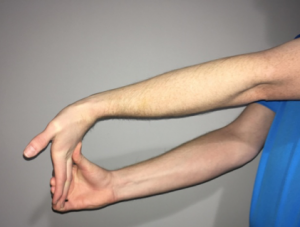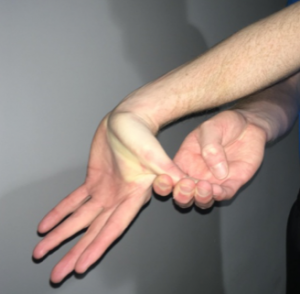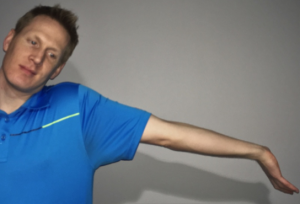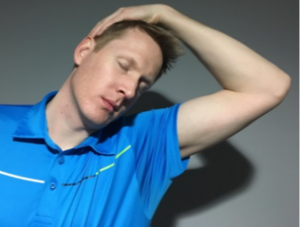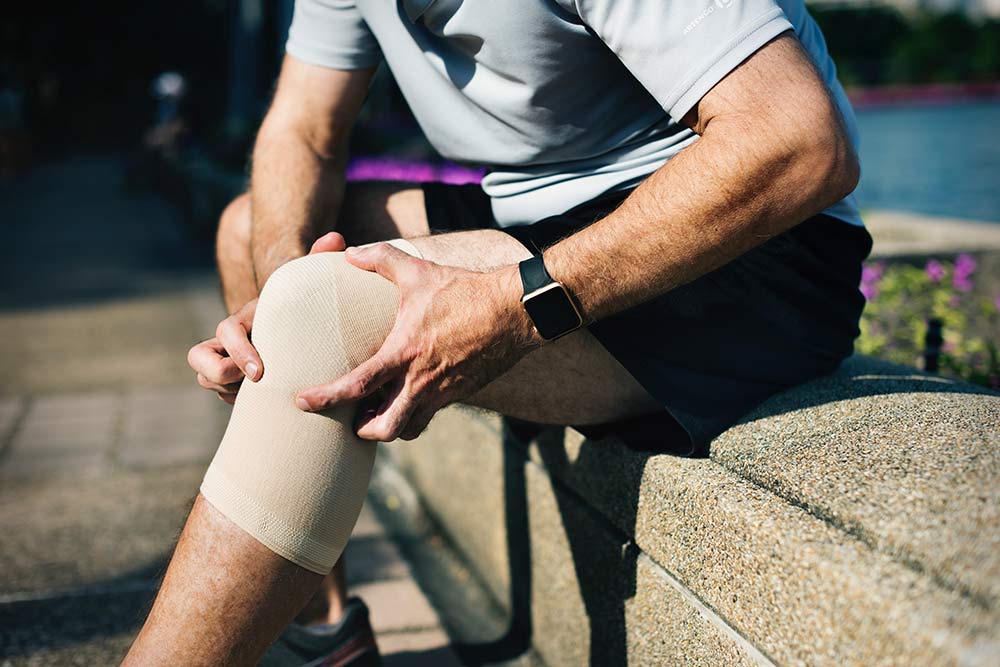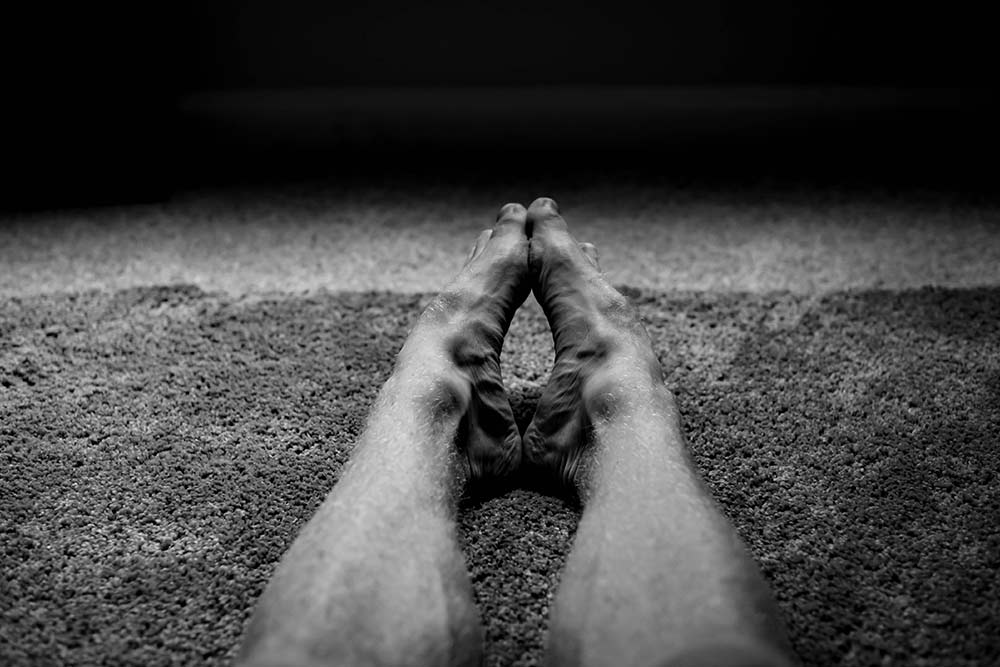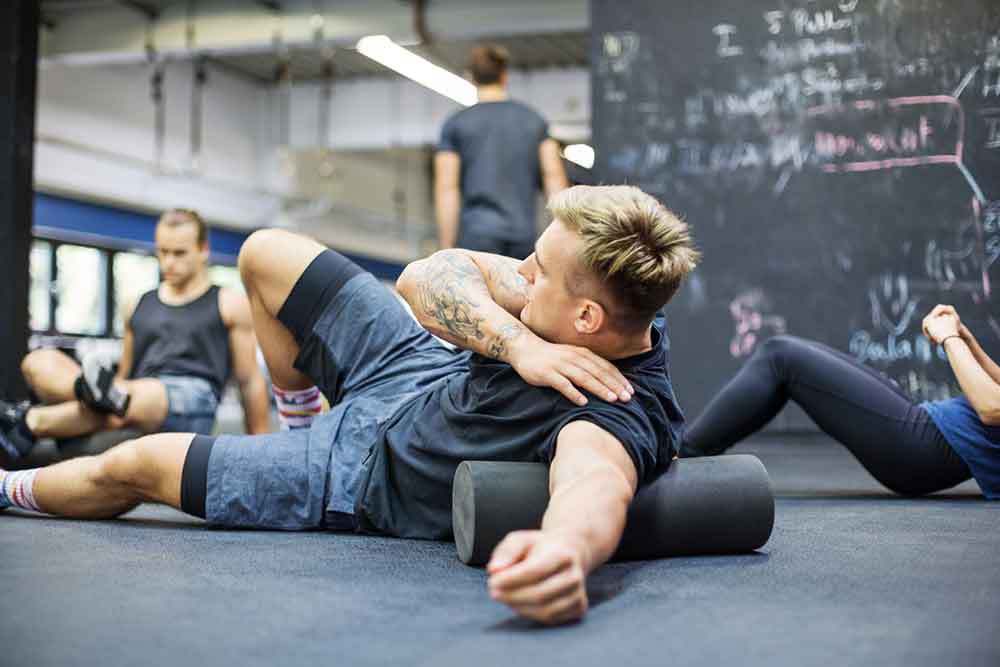Carpal Tunnel Syndrome Guide

Ryan Cross – B.A. Hons (Kin), MScPT, FCAMPT
Registered Physiotherapist at CBI Physiotherapy and Rehabilitation Centre in Sarnia, Ontario, Canada
Everyone has heard about carpal tunnel syndrome. It is usually the self diagnosis for any pain, numbness, or tingling in the wrist and hand area.
The carpal tunnel is a confined space between the bones of the wrist (named carpal bones) and a tight transverse ligament (flexor retinaculum). Within this tunnel are 9 tendons and the median nerve. If this small space gets smaller, the median nerve can become compressed and symptoms of carpal tunnel syndrome appear. It affects 6-12% the population, most commonly affecting women over 40 years of age (Fernández-de-las-Peñas, César, et al, 2017). Understanding what carpal tunnel is and why it happens will help determine the appropriate treatment plan.
Risk Factors
Carpal tunnel syndrome happens when the median nerve gets compressed in the carpal tunnel. There are some risk factors that can lead to this compression. Risk factors associated with occupation include tasks involving repetition, force, prolonged wrist flexion, posture, and vibration. Other risk factors are related to medical reasons including fracture, post traumatic arthritis, pregnancy, thyroid issues, and diabetes.
Nerves
Peripheral nerves of the upper extremity begin at the brachial plexus, a complex network of nerves made up of the nerve roots extending from the spinal cord at the neck. The nerves then travel down the arm through anatomical compartments.
Nerves can get compressed if the space in these compartments gets smaller. When a nerve gets compressed, there are alterations in the circulation and connective tissues within the nerve. The main mechanisms of carpal tunnel syndrome include increased pressure in the tunnel, median nerve microcirculation injury, median nerve connective tissue compression, and synovial tissue thickening (Aboonq, Moutasem S, 2015). These all lead to altered function of the median nerve resulting in the symptoms of carpal tunnel syndrome.
Treatment
Treatment is aimed at addressing the symptoms and mechanisms responsible for carpal tunnel syndrome. Decreased flexibility of the soft tissues around the hand and wrist can cause increased pressure within the carpal tunnel. Therefore, it is important to maintain proper mobility of the wrist and hand (Wrist Flexor stretch and thumb muscle stretch: hold 20 seconds, 3 times, 3 times daily).
The 9 tendons travelling through the carpal tunnel are surrounded by synovial tissue. Increased pressure or swelling in the tunnel can cause thickening of this tissue and decreased mobility of the tendons. These tendon gliding exercises can help maintain proper gliding motion of these tendons. The median nerve is nestled within these tendons and also needs to be able to move effectively through the carpal tunnel. Median nerve flossing can help promote good neural mobility along the course of the entire nerve. For tendon gliding: rotate between these positions to promote flexor tendon gliding (10 reps, 3 times daily).

For median nerve flossing: Move in between these two positions for 10 repetitions, twice daily.
Recent Research
Recent research has also shown that manual therapy can be helpful in the treatment of carpal tunnel syndrome. Fernández-de-las-Peñas, et al compared the effectiveness of manual therapy to surgery. Treatment included manual therapy directed at the neck, arm, and hand. These interventions improve mobility along the entire median nerve. At 1 month follow up, patients in the manual therapy group had higher self reported functional level. Both groups had similar improvements in functional level at 3, 6, and 12 month follow up.
Carpal Tunnel Take Away:
A physiotherapist can guide you through the proper exercises and manual therapy in managing carpal tunnel syndrome. Other treatments can be directed at control pain and improving circulation. In some cases, a splint can be worn to keep the wrist in a neutral position which will help to control pain and prevent compression of the nerve. Acupuncture is another intervention that can be used in the treatment of carpal tunnel syndrome and has been shown to be effective (Cox, Jocelyn, et al, 2016). It is also important to discuss work station ergonomics, medications, and surgery with your doctor or physiotherapist.
Carpal tunnel syndrome is a common occurrence. There are many different factors involved in the cause of pathology and symptoms. Similarly, there are many options for treatment. In mild or moderate cases, a physiotherapist has a full tool box to help you. Some easy exercises can be a great starting point to alleviate symptoms.
Related Article: When You Should Go See A Physical Therapist
References:
Fernández-de-las-Peñas, César, et al. “The Effectiveness of Manual Therapy Versus Surgery on Self-reported Function, Cervical Range of Motion, and Pinch Grip Force in Carpal Tunnel Syndrome: A Randomized Clinical Trial.” journal of orthopaedic & sports physical therapy 47.3 (2017): 151-161.
Aboonq, Moutasem S. “Pathophysiology of carpal tunnel syndrome.” Neurosciences 20.1 (2015): 4.
Cox, Jocelyn, et al. “Effectiveness of Acupuncture Therapies to Manage Musculoskeletal Disorders of the Extremities: A Systematic Review.” journal of orthopaedic & sports physical therapy 46.6 (2016): 409-429.
You Might Like:

